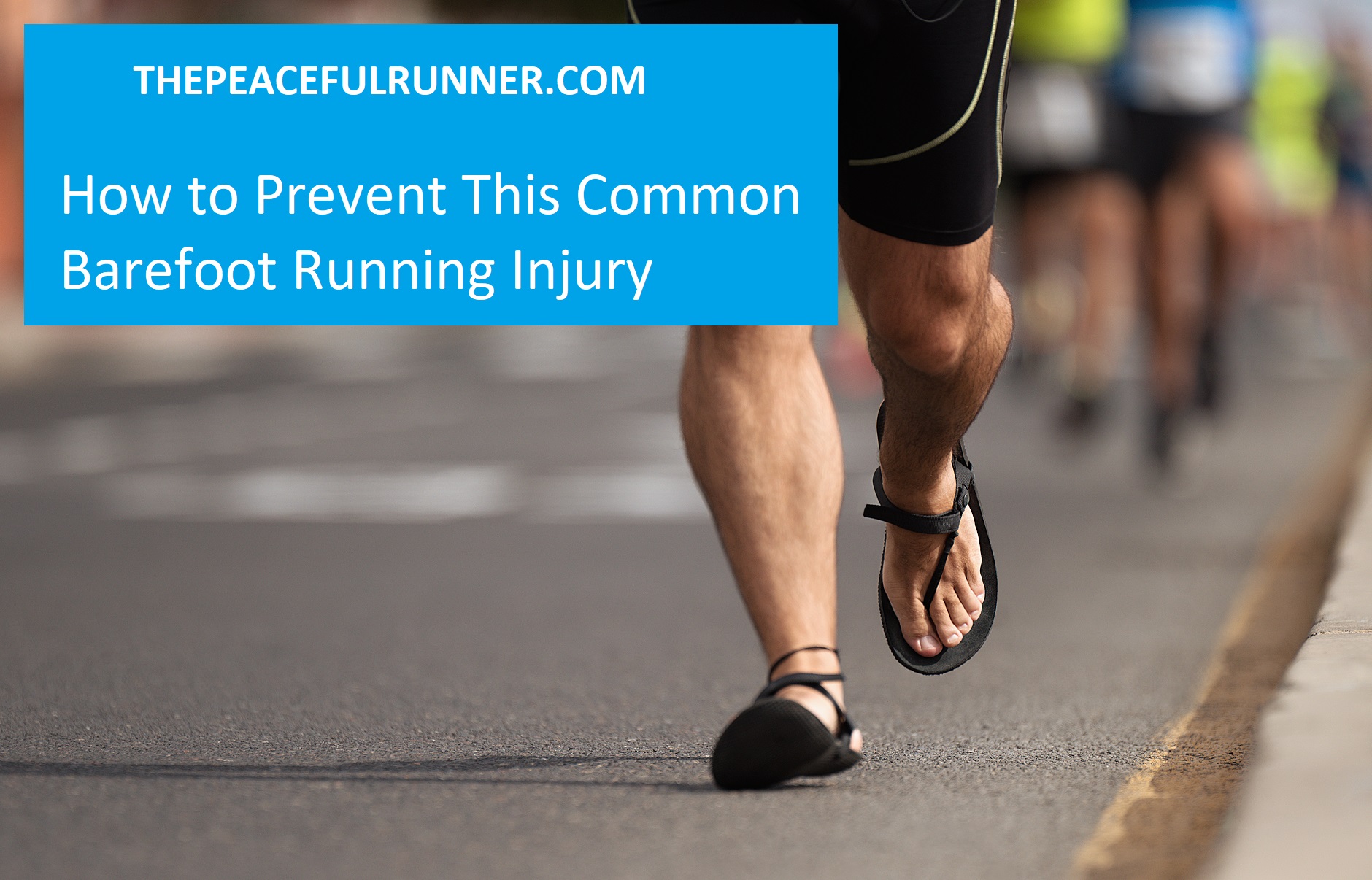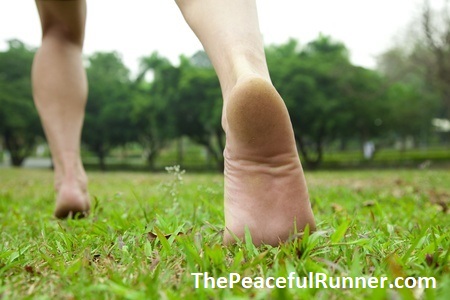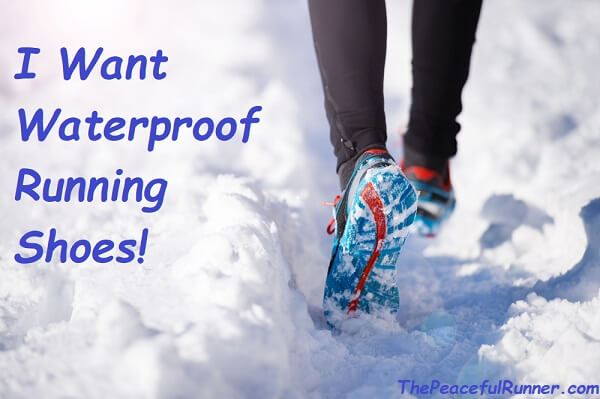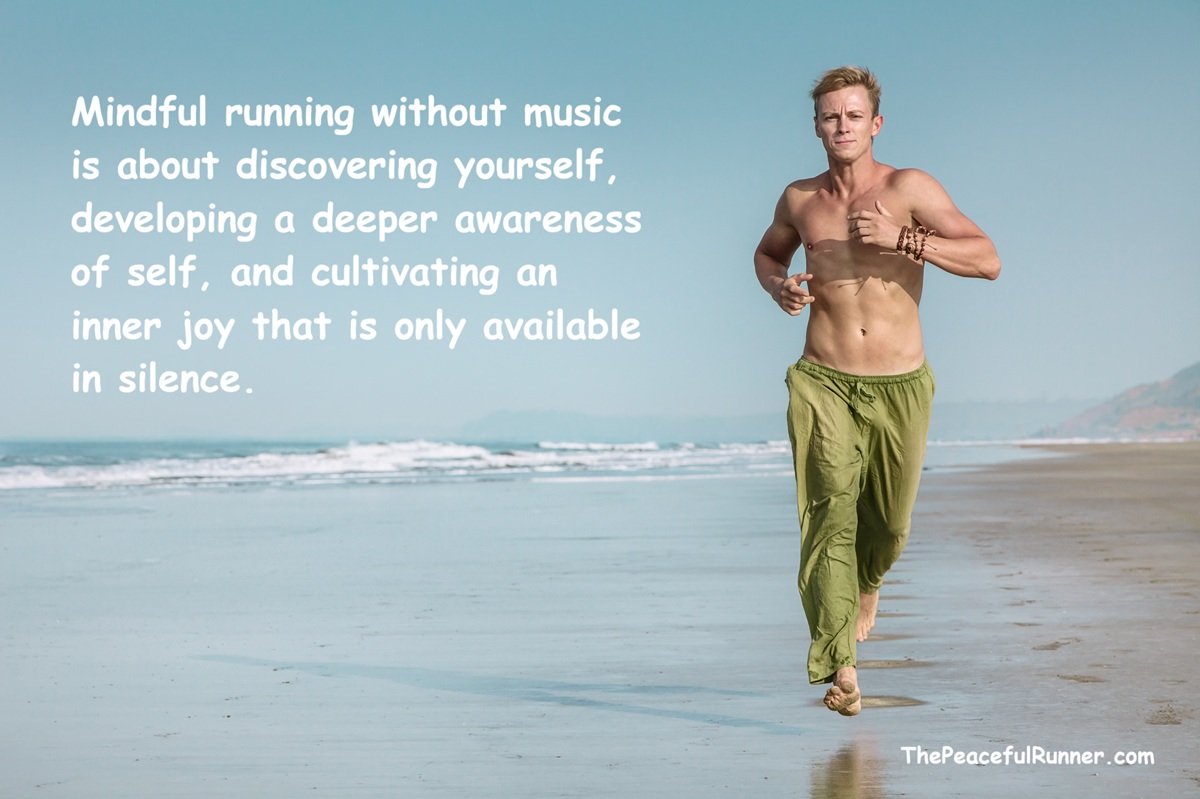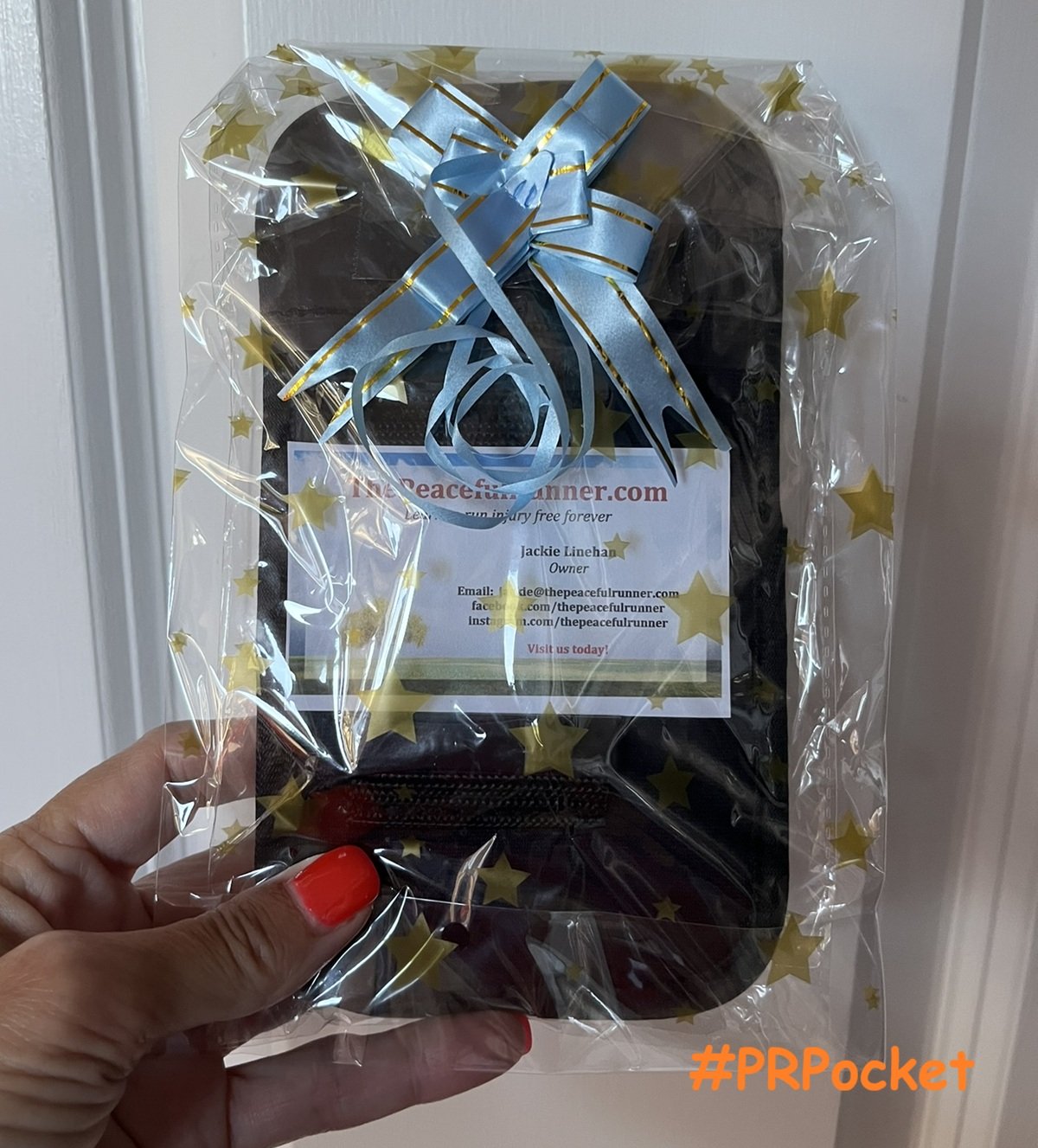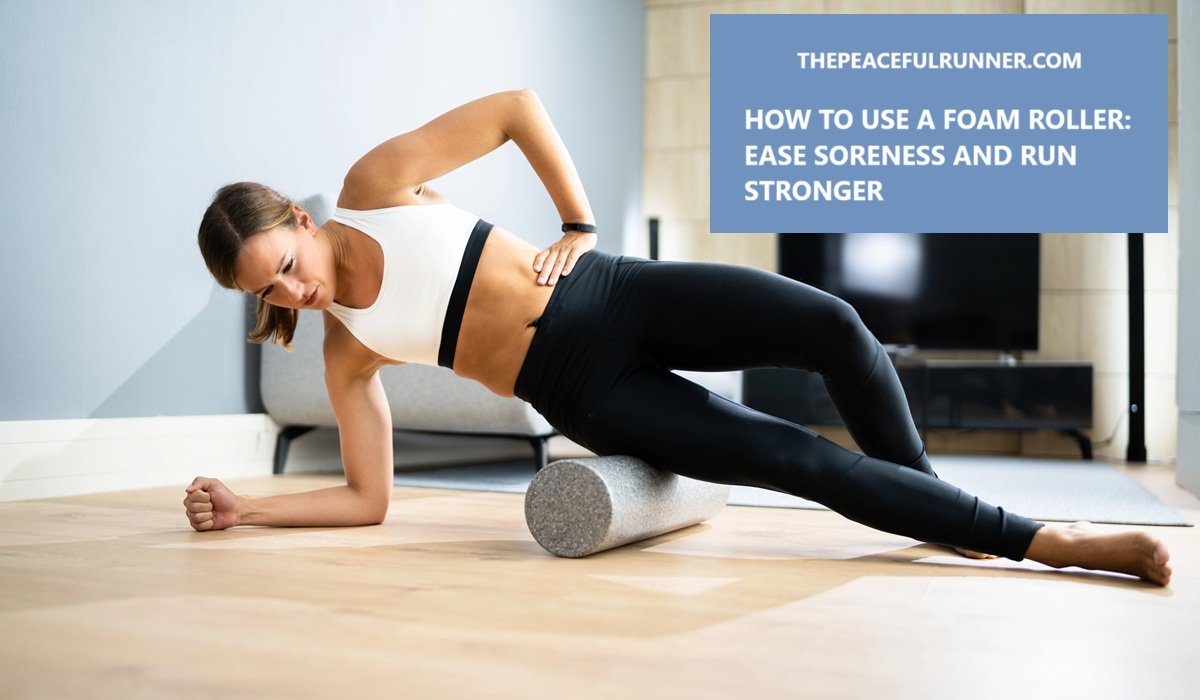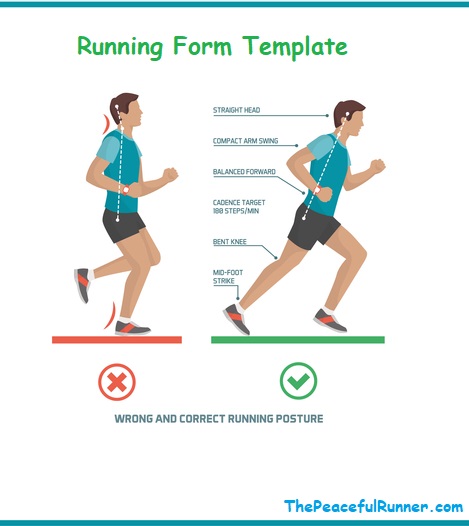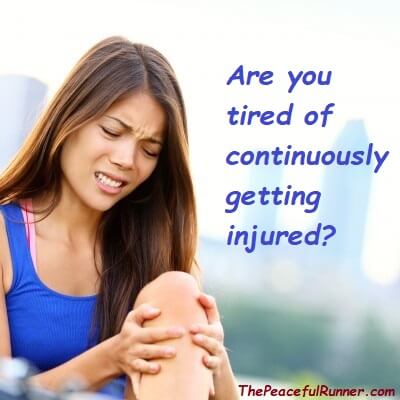- Home
- Barefoot Running
- Common Barefoot Running Injury
A Common Barefoot Running Injury
FTC Disclosure: As an Amazon Associate, I earn from qualifying purchases. Learn more
It is so exciting when we first decide to try barefoot running. Once we have made that decision, we can't wait to starting running barefoot or in our new barefoot running shoes! However, we must proceed with caution. common barefoot running injury
Our whole body and especially our feet will be adapting to a new way of running and connecting with the earth. We must be patient with ourselves and ease into this new way of landing on our feet. Our feet will be given more freedom to move with less restraints so we need to give them time to rediscover their strength.
During this changeover period, runners have been known to experience specific injuries. The most common being Achilles Tendonitis, which is attributed to the reduction in heel to toe drop ratio. Until the the Achilles tendon adapts and becomes stronger and more flexible, it can be vulnerable to this unfamiliar strain. I didn't experience this injury probably because I walked a lot in flat flip flops in preparation for my barefoot transition.
However, I did experience another common barefoot running injury known as top of the foot pain. I strongly believe from my experience that this injury can be avoided as I know what caused it and how to prevent it.
Top of Foot Pain Injury
During my first year of transitioning to barefoot running, I experienced a top of foot pain injury that prevented me from running for more than two months. However, I believe it could have been avoided if I had made two slight corrections to my running form. Runners who wear traditional running shoes can also be affected by top of foot pain injury so these tips can be helpful to all runners who want to avoid injuries.
My Barefoot Running Injury
I had been running in my Vibram FiveFingers for about six months. I began to notice a slight pain on top of my right foot, but it wasn't causing me any problems so I ignored it. Bad mistake. One day I decided that it was time to add some interval training to my running routine. I had completed a number of 200, 400 and 600 meter intervals and I was feeling good, but suddenly I felt a dagger-like shot of pain in my right foot.
I tried to ignore it, but it was hurting too much. I stopped running and only then I realized how painful it was. I could barely walk. I was a kilometer away from my home with no phone or money, so I had to slowly and painfully limp home. My foot was really hurting.
In retrospect, I believe I fractured one of my metatarsals because of the severity and suddenness of the injury. What do I think caused it and what could I have done to prevent it? Doing the intervals perhaps brought the problem to a head, but I don't think they actually caused the injury.
A Common Barefoot Running Injury - Cause #1
I researched this type of injury and it seems that overstriding is often the cause of top of foot pain especially when transitioning to minimalist shoes. Although I didn't realize it, I was overstriding. My feet weren't landing under my center of gravity, which would have greatly reduced the force of impact. The intervals just added to the intensity of the impact on my still transitioning feet.
The combination of the improper landing and the increased intensity was just too much for the bones in my feet. After more than a two-month hiatus from running and numerous acupuncture treatments, I was careful to ensure that I was not overstriding. A slight lean forward from the ankles really helped to correct this, and YAY I was back barefoot running again!
A Common Barefoot Running Injury - Cause #2
Months later, I started to feel a slight twinge on the top of my left foot. I didn't ignore it this time. I knew I was no longer overstriding, but I began to notice that I was landing solely on my forefoot and I wasn't bringing down my heel. It is amazing what we notice when we pay attention!
I began to experiment with landing softer and bringing my heel down each time to ease and absorb the impact on my feet. Making this change really made a difference for me. The pain went away almost instantly and returned if I forgot to lower my heel. I kept practicing this softer landing until it became my natural running style.
Read more about: Barefoot Running Form
Making any change to your running foot strike or running form requires focus and commitment. It is easy to slide back into old habits. However, it can become your new habit with persistence.
If a change is necessary to run pain and injury free, it's worth the effort to persist. If you are transitioning to barefoot running, ensure that you are not overstriding or landing hard on your forefoot. These two necessary adjustments will help ensure you run pain and injury free.
This brings to mind the following English proverb, which originated in the works and wisdom of ancient Greek philosopher Plato:
"Necessity is the mother of invention"
If we need to make a change, we can and we will!
Read more about: Top of Foot Pain Injury
Back to the top of Common Barefoot Running Injury
Return to Barefoot Running
- Home
- Barefoot Running
- Common Barefoot Running Injury
FTC Disclosure: As an Amazon Associate, I earn from qualifying purchases. Learn more
NEW FEATURE - DISQUS COMMENTS!
Login using Facebook, Twitter, Google or Disqus.
Recent Articles
-
Winter Running Tips and the Best Waterproof Running Shoes
Nov 15, 25 01:55 PM
-
When the Music Stops, Awareness Begins
Nov 05, 25 10:54 AM
-
Get yours in time for gift giving!
Oct 24, 25 12:32 PM
-
Change How You Deal with Running Pain
Oct 10, 25 08:53 AM
-
Surprising Benefits of Backwards Running
Sep 15, 25 12:40 PM
-
It's an Awesome Product!
Aug 28, 25 09:25 AM
I went out for a walk this morning and I used the #PRPocket for the first time. I had to check at least 3 times because I thought I lost my phone (iPhone -
Running in Hot Weather: What Every Runner Needs to Know!
Aug 14, 25 01:00 PM
-
Sick of Dieting? You’re Not Alone — And There Is a Better Way.
Jul 30, 25 12:18 PM
-
Tips and Drills to Improve Your Running Cadence
Jul 25, 25 12:52 PM
-
Give Yourself a Self-Myofascial Release at Home with a Foam Roller!
Jun 28, 25 07:19 AM

